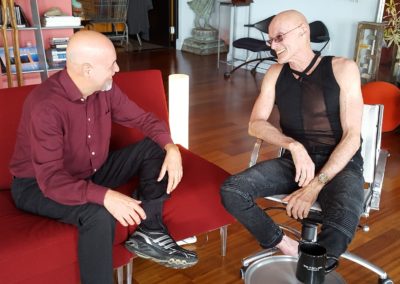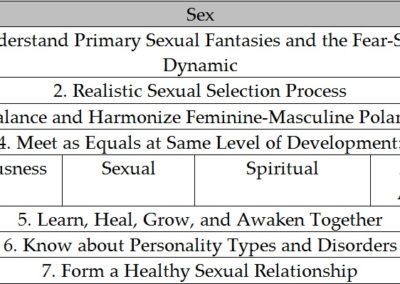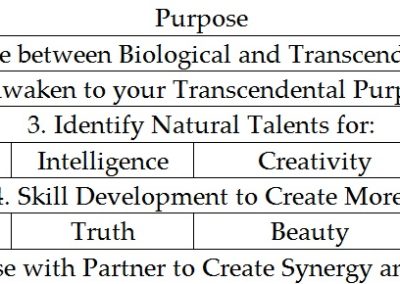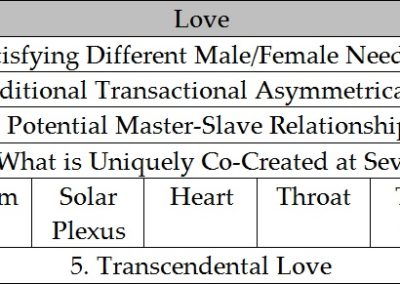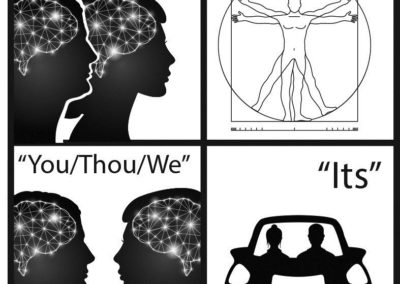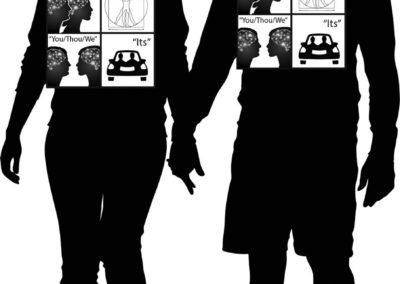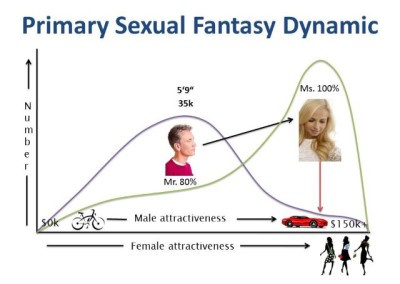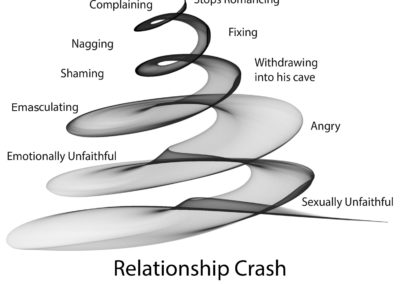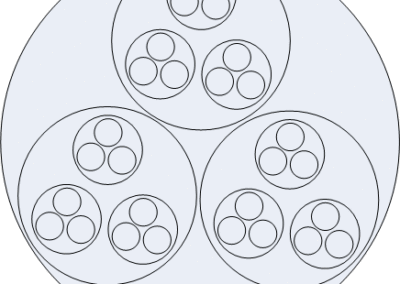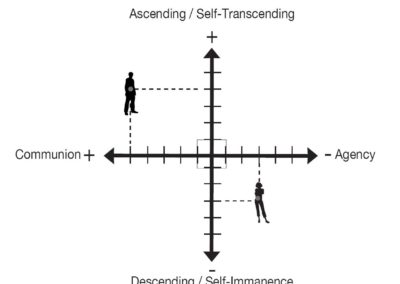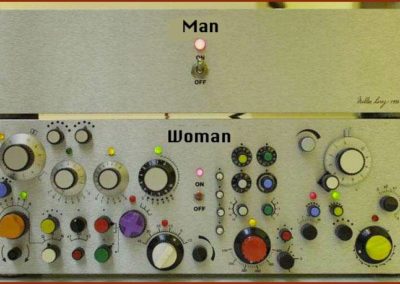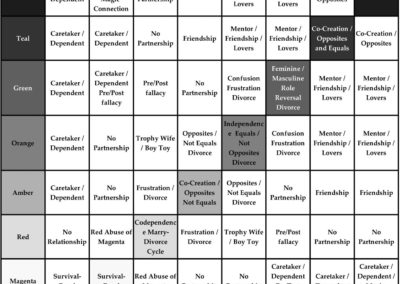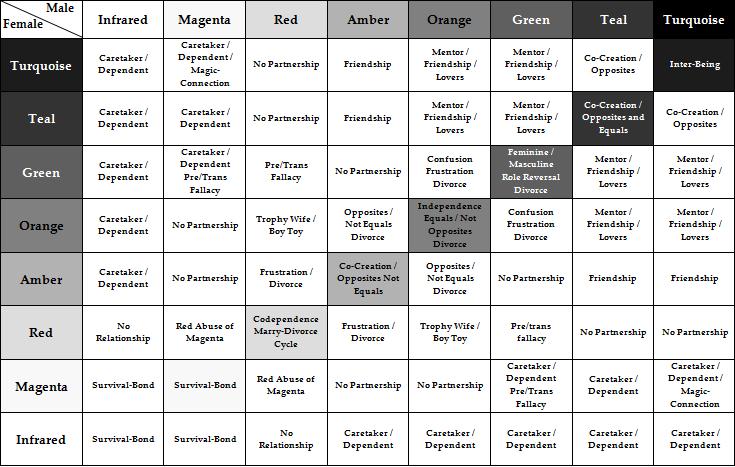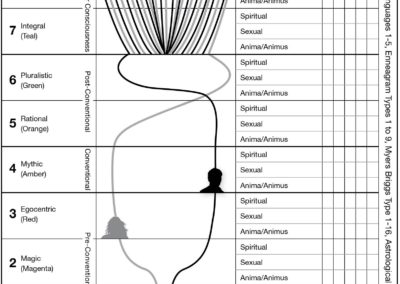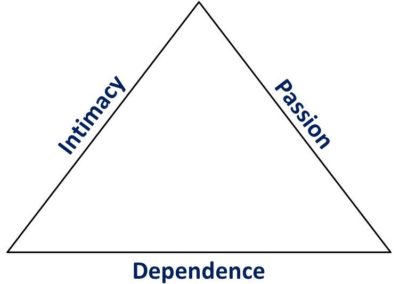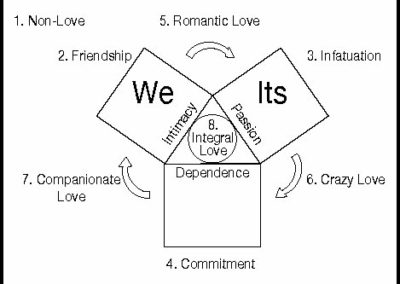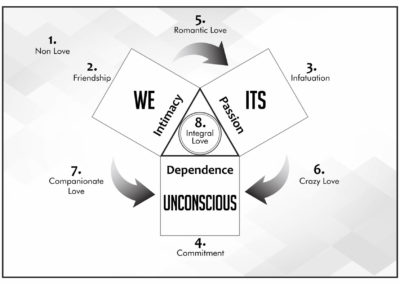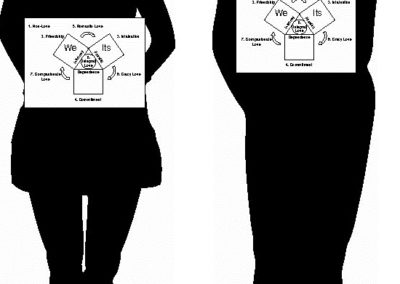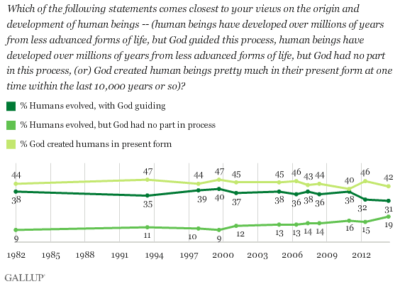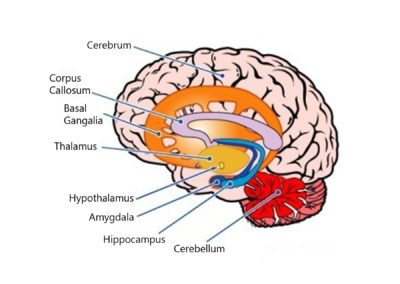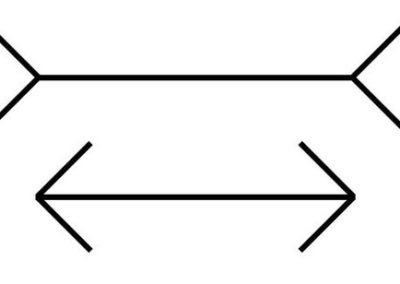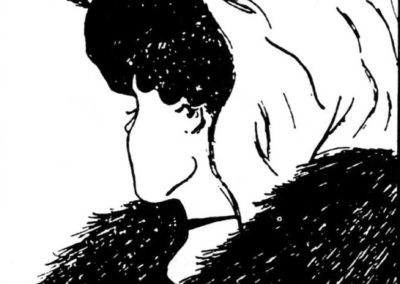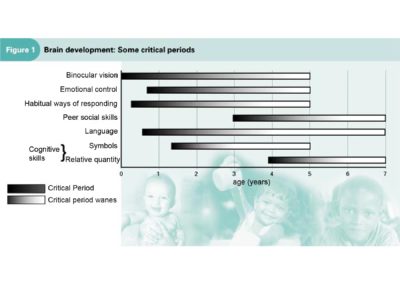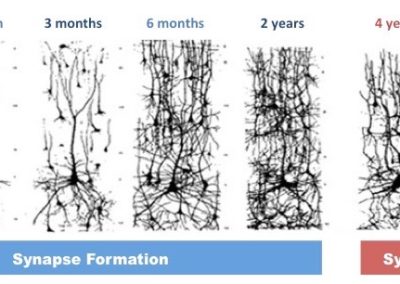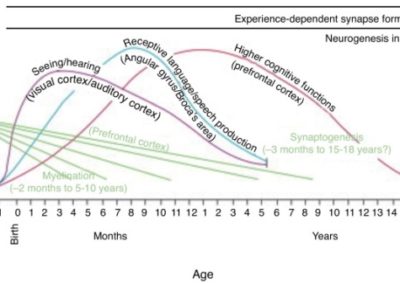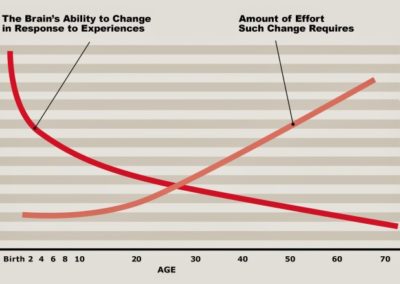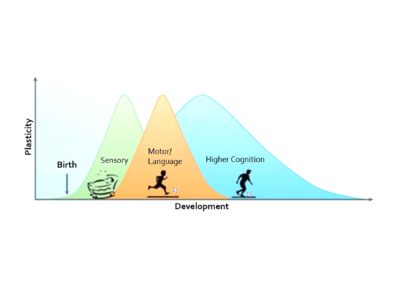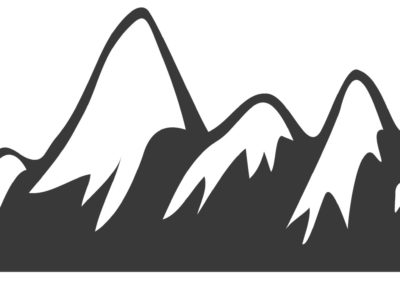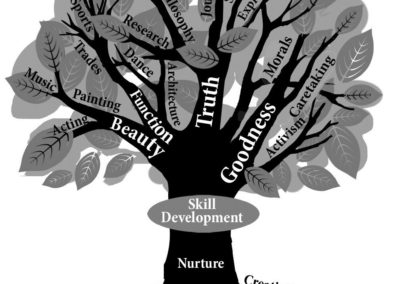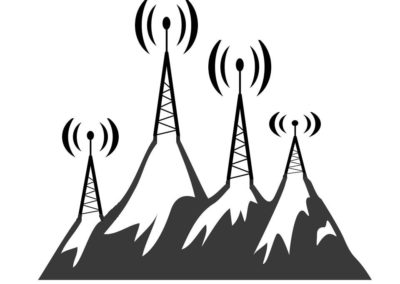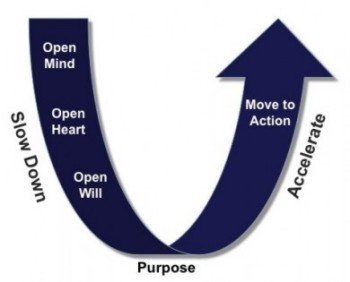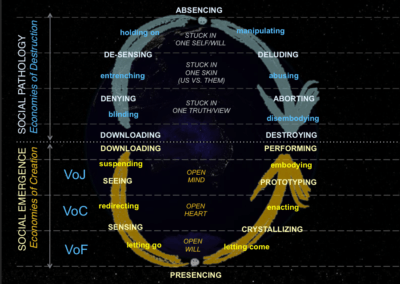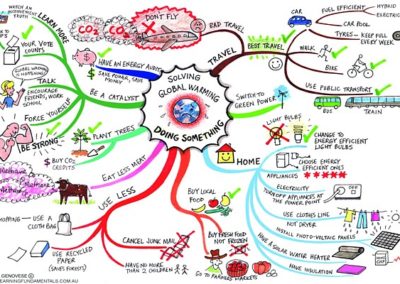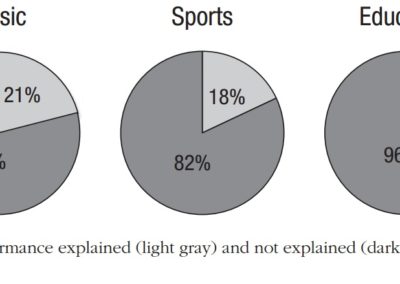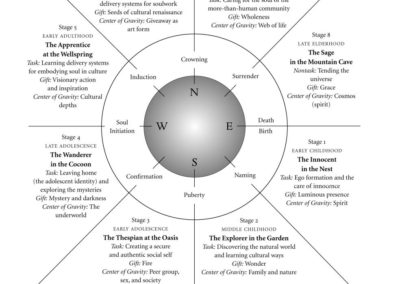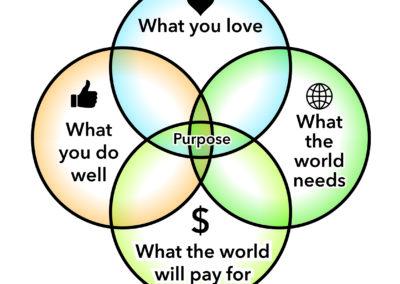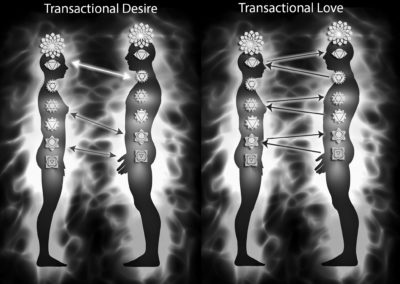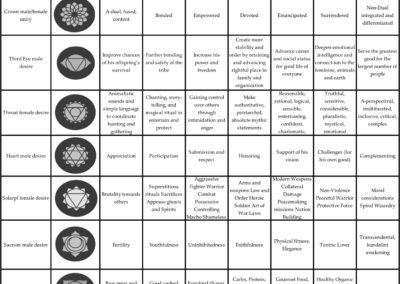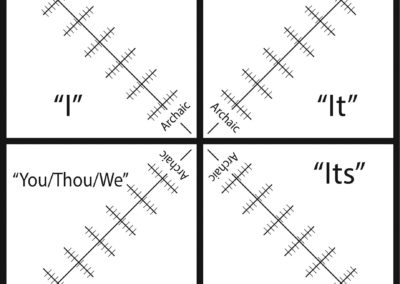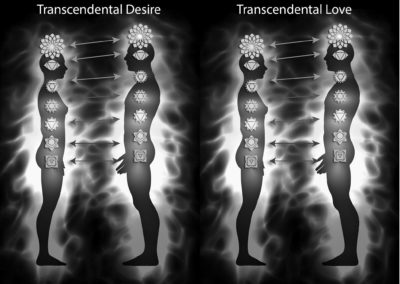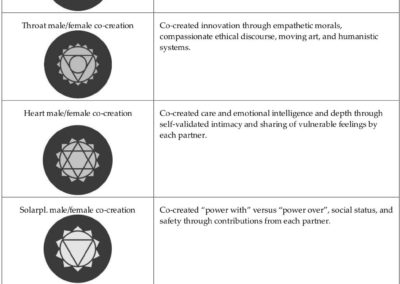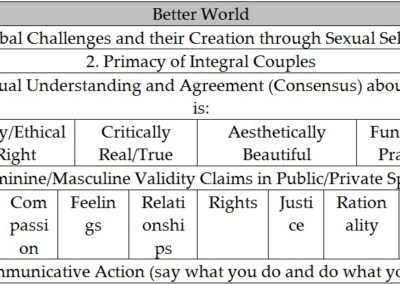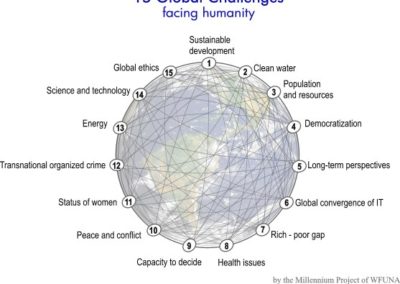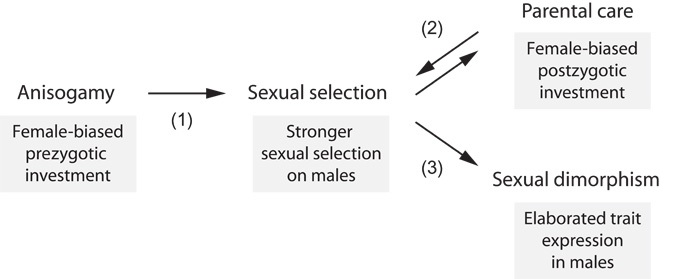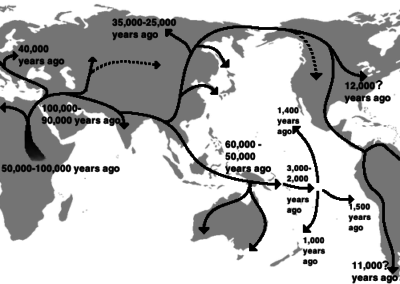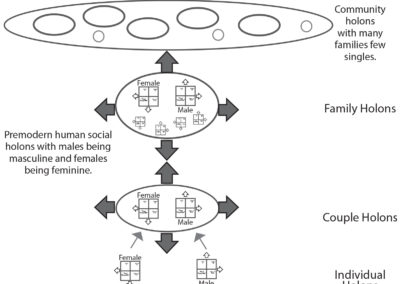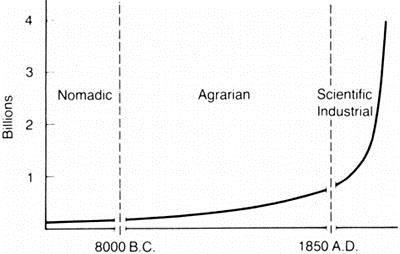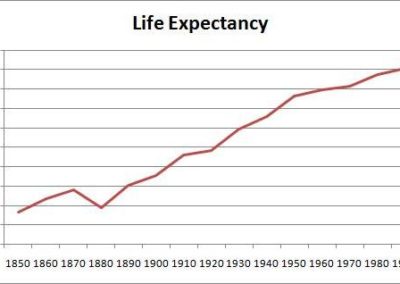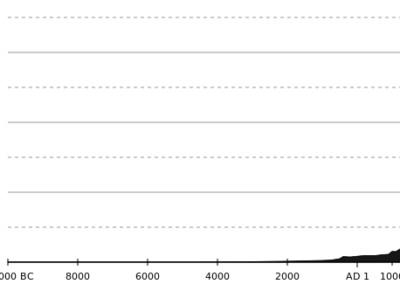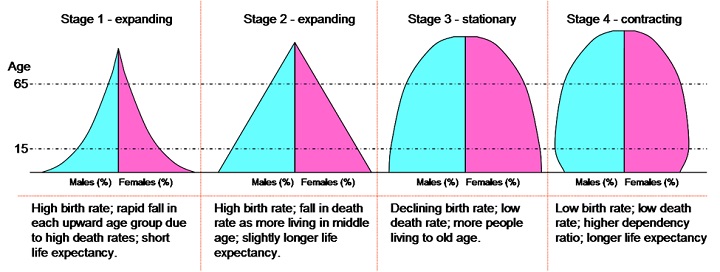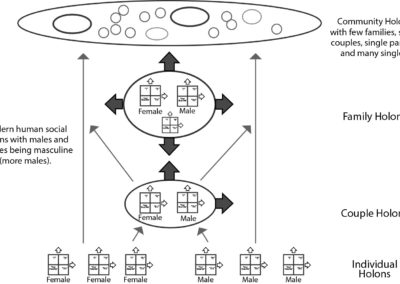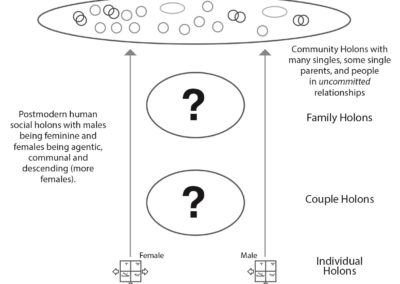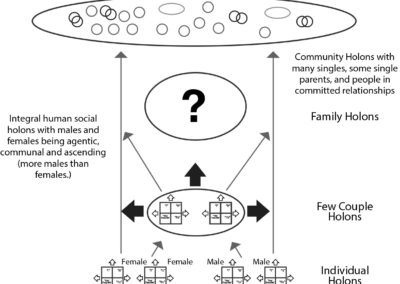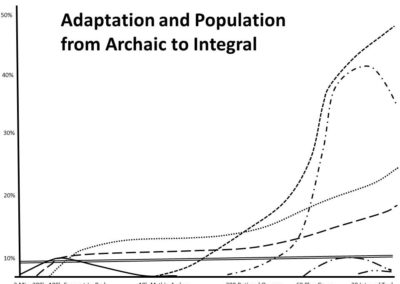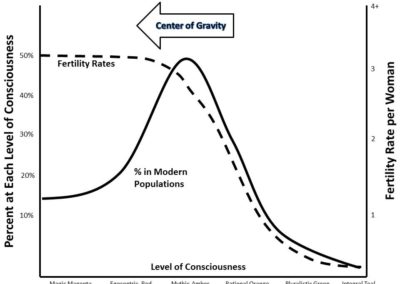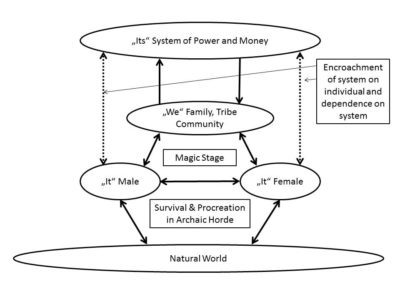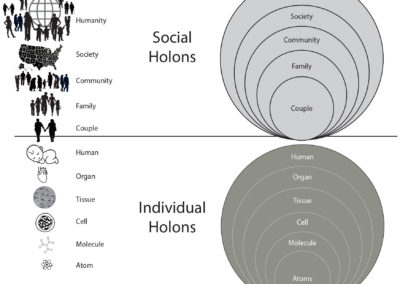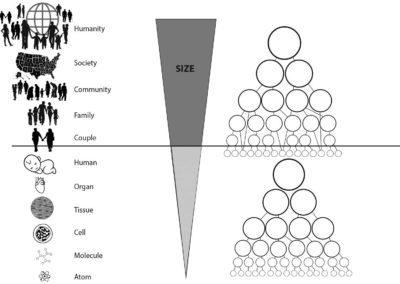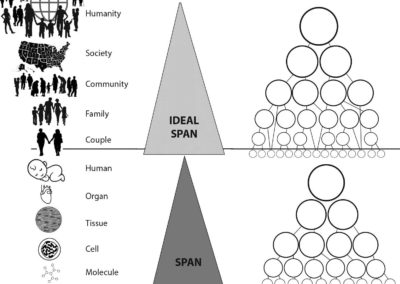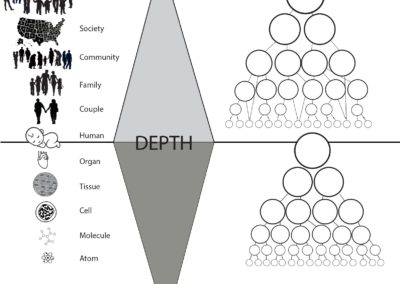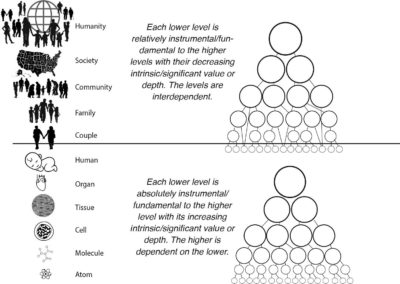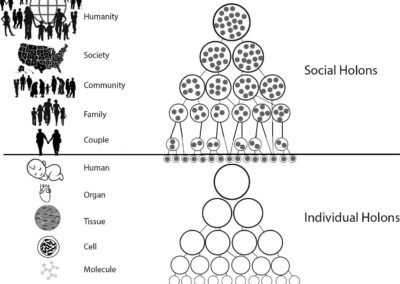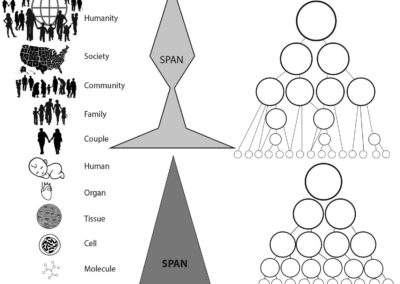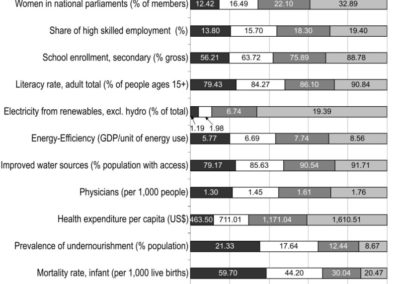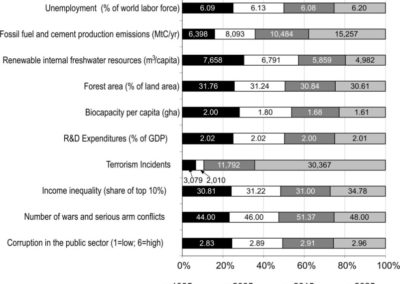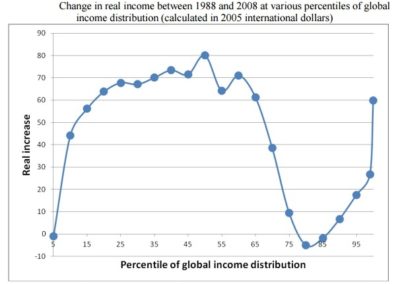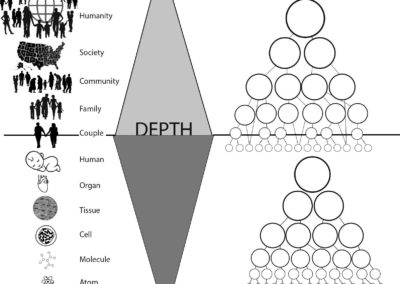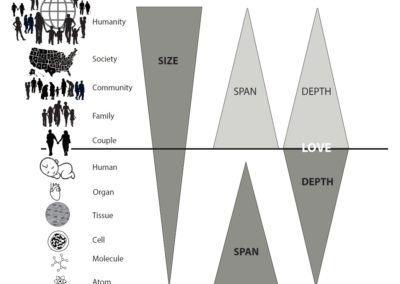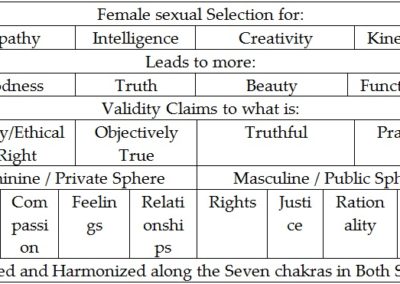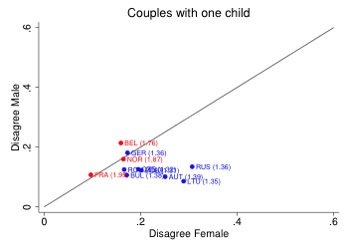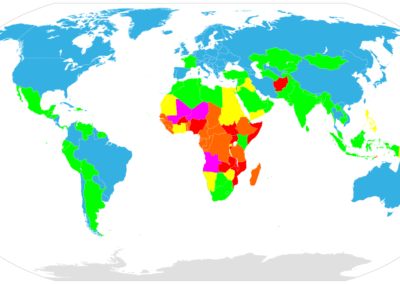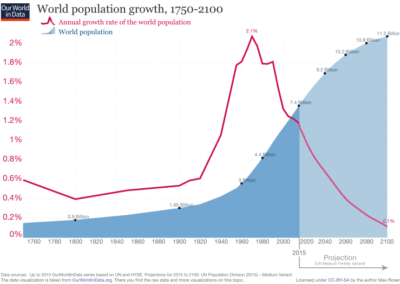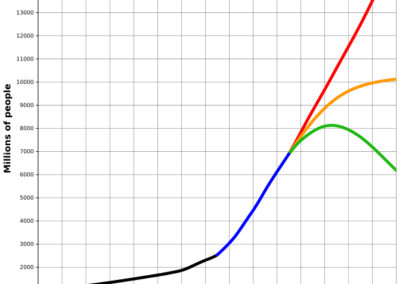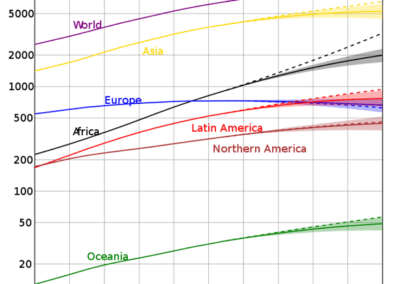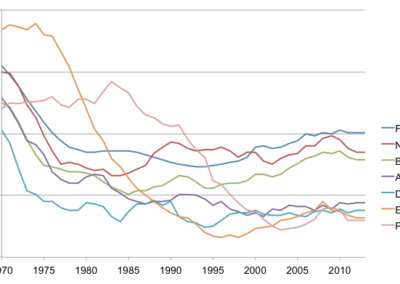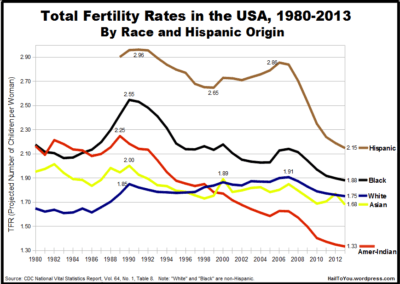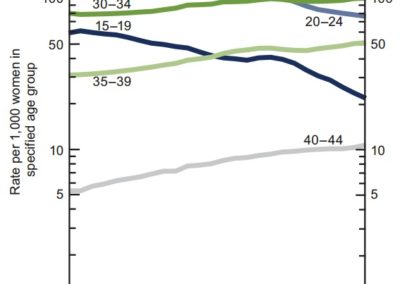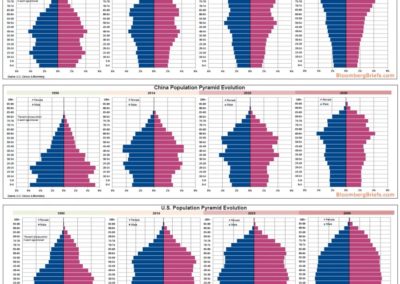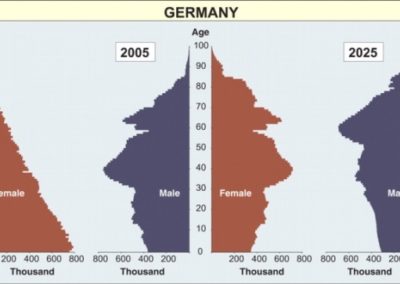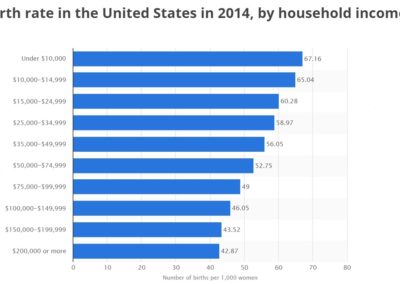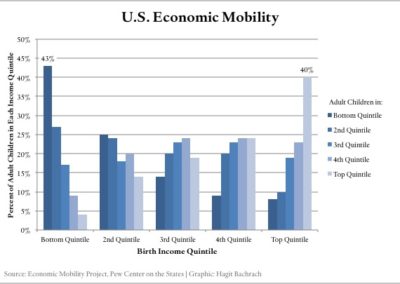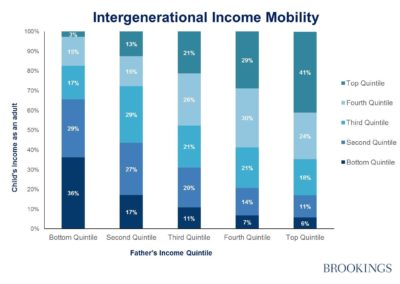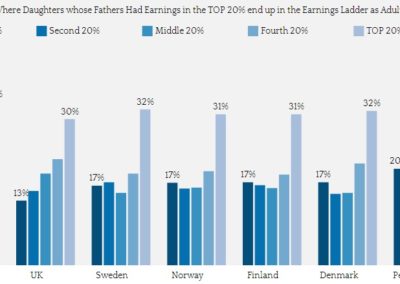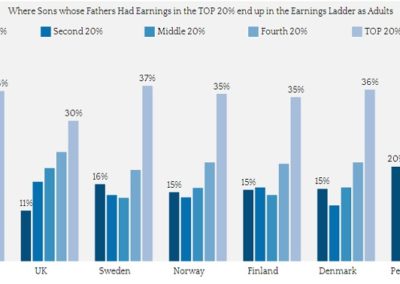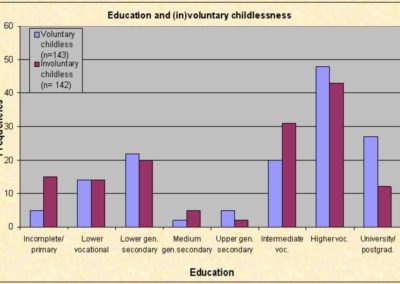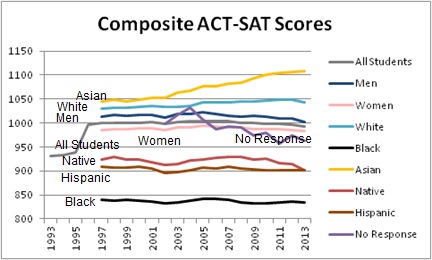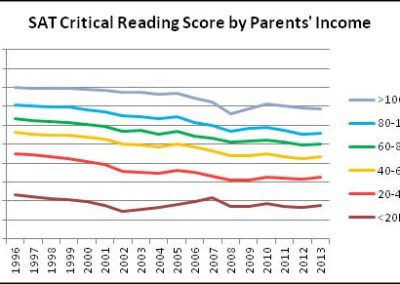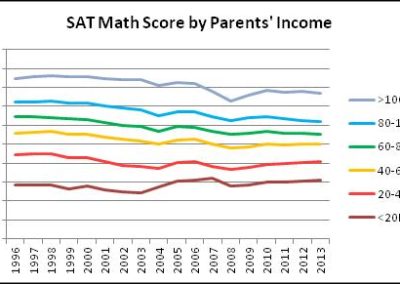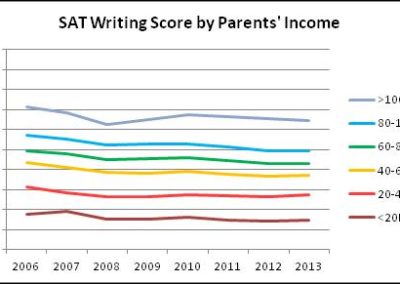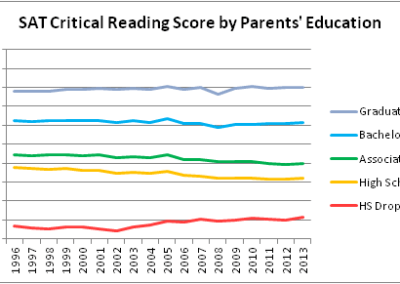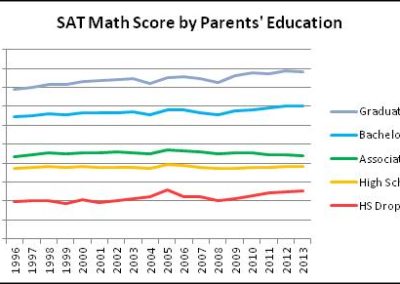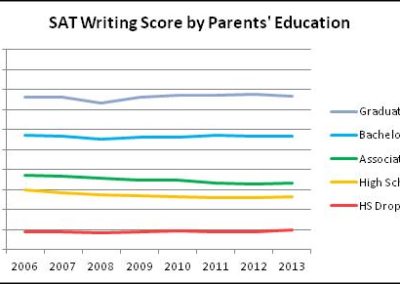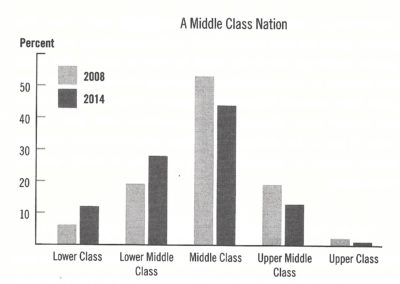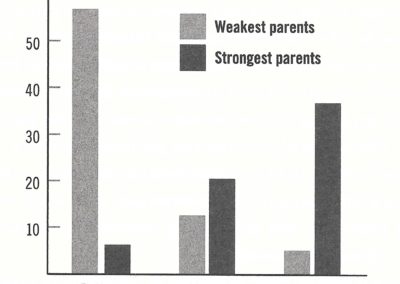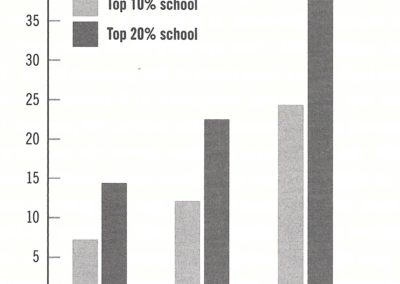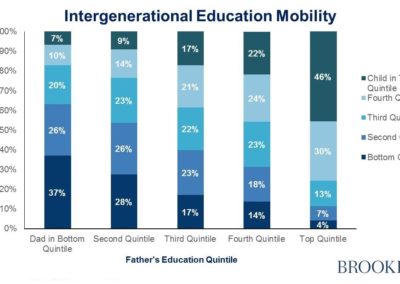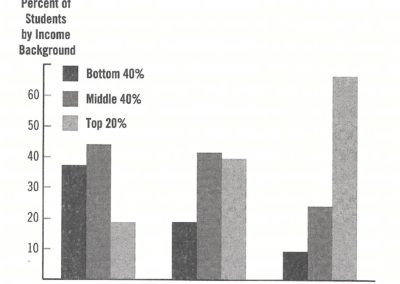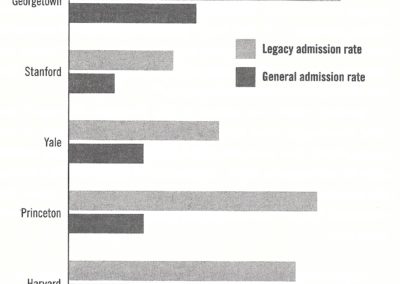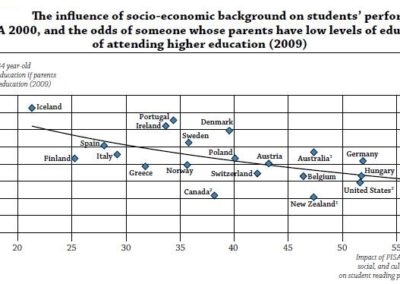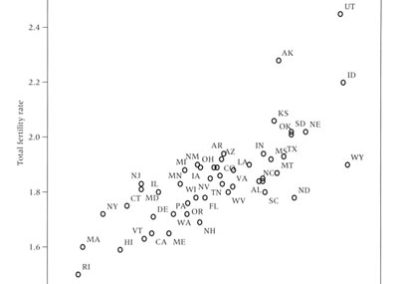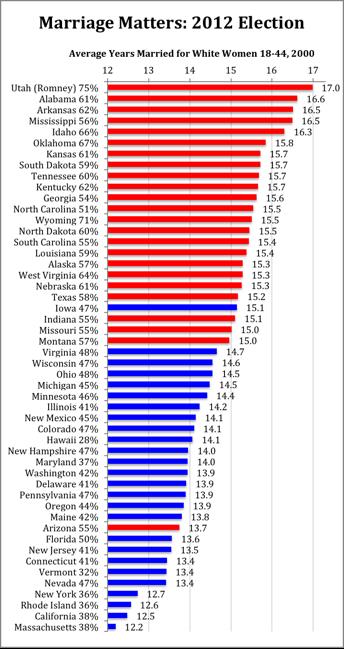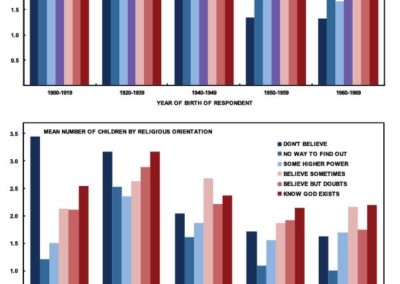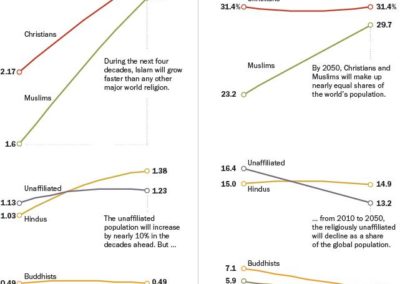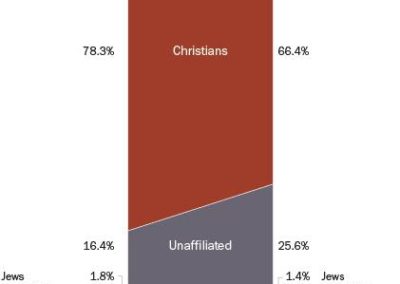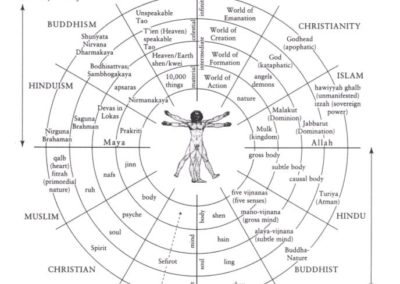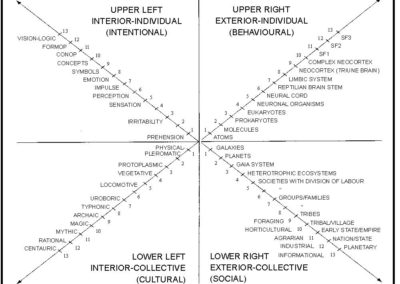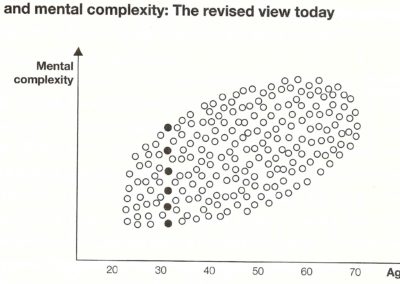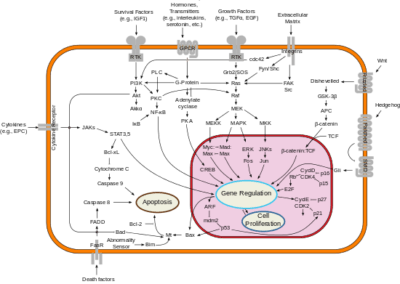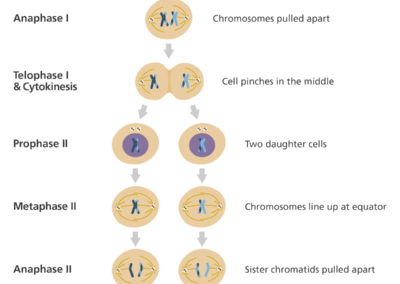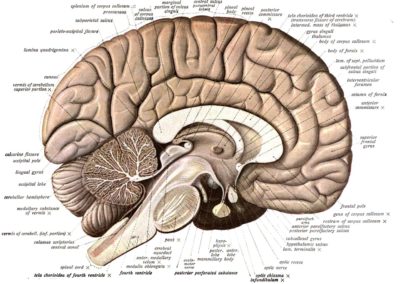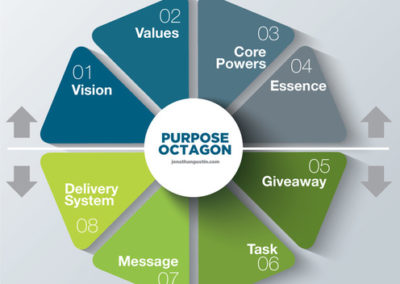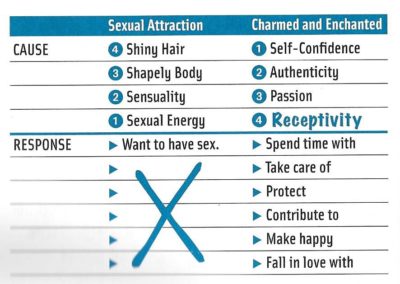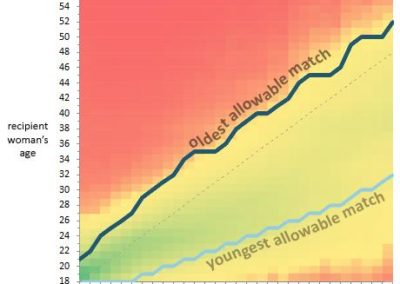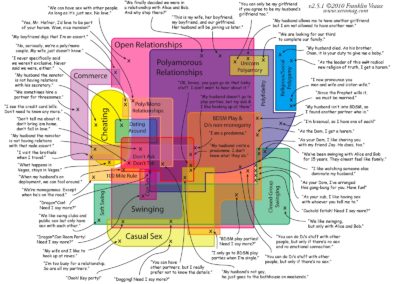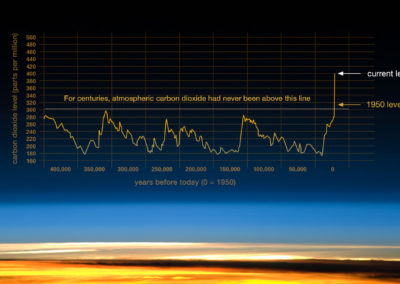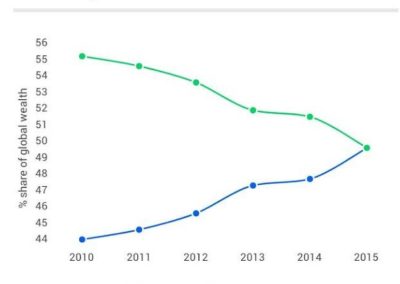Sex Purpose Love Front and Back Cover
Order at https://www.amazon.com/Sex-Purpose-Love-Integral-Relationships/dp/0984570330/ or https://integralrelationship.com/shop-integral/
Sex Purpose Love Model
Figure 1. Page xxxix Couples in Integral Love Relationships Creating a Better World
Sex Part of Integral Love Relationship (ILR) Model
Figure 3. 8. and 92. Pages 2, 12 and 467 Sex component of the ILR model
Better World Part of ILR Model
Figure 6. 60, and 95. Pages 6, 392, and 471 Making the world a better place – the final component of the ILR model
Feminine Masculine Polarities
Figure 14. Page 33 Feminine (Communion-Descending)/Masculine (Agency-Ascending
Complexity of Man vs. Woman
Figure 15. Page 59 Joke about divergent psychological complexity of men and women
Men grow like banks, Women rise with flow
Figure 16. Page 60 Male-female dynamic in consciousness growth
Compatibility Matrix 1
Table 2. Page 61 Compatibility Matrix for men and women at different levels of consciousness development
Compatibility Matrix 2 (Copy)
Table 2. Page 61 Compatibility Matrix for men and women at different levels of consciousness development
Each Partner Embodies Triangle
Figure 23. Page 130 Each lover experiences the combination of passion, intimacy, and dependence
Creationism, Evolution, Intelligent Design
Figure 27. Page 178 Gallup Poll showing different views about origin and development of humans
Emergence of Humans
Figure 28. Page 150 Examples showing two triangles overlaid to evaluate the form and quality of love that is experienced
Old and Young Woman
Figure 34. Page 187 Optical illusion – young woman and old woman in a single image
Nature+Nurture+Skill-Development=Purpose
Figure 41. Page 225 Tree metaphor with nature, nurture, skill development and expressions
Skill Development
Figure 42. Page 227 The EICK curve as mountain metaphor with differently developed skills
Solving Global Warming Mindmap Example
Figure 46. Page 277 Sample mind map (See more at www.mindmapart.com
Percentage of practice needed for greatness
Figure 47. Page 279 Performance variation explained by deliberate practice
Plotkin’s stages of maturity
Figure 48. Page 295 Plotkin’s eight soulcentric stages of human development
Chakra-Consciousness Lattice Incl. Integral
Table 7. Page 329 Chakra-Consciousness Lattice (in the book, the Integral stage is missing)
Better_World
Figure 60. Page 392 Review of Making the world a better place – the final component of the ILR model
Altitude and Population Growth
Figure 74. Page 425 Graph showing adaptation and population from Archaic to Integral
Impact of System on Singles and their dependence
Figure 76. Page 435 Model of the connection between individuals, families, communities and system
Things that get better (addressed by mythic and modern)
Figure 84. Page 448 Things that are getting better (Glenn and Florescu)
Things that get worse (caused by mythic and modern)
Figure 85. Page 449 Things that are getting worse (Glenn and Florescu)
Ideal greatest depth/primacy of couple
Figure 87. Page 452 Assigning greatest depth to loving couples
Postintegral Holons
Figure 89. Page 455 Co-creating a new “social holon” through a committed monogamous Integral love relationship
Male/female compassionate rational communicative action model
Figure 90. Page 460 Integrated Compassionate Rational Communicative Action Model
Couple feminine-masculine, all quadrants, all Chakras
Figure 91. Page 461 Communicative Action at the level of all seven Chakras
Male help 1 child
Figure 97. Page 477 Couples with only one child correlated with the share of men caring for children
Male help 2+ children
Figure 98. Page 477 Couples with two or more children correlated with the share of men caring for children
Countries by fertility rate
Figure 99. Page 478 Average number of children per woman across the world
World population forecast
Figure 101. Page 479 Three scenarios proposed by the United Nations for future population growth
Population change by continents
Figure 102. Page 480 (Logarithmic!!) Population change for each continent over time
Age pyramid/kite Germany
Figure 106. Page 483 Demographic changes in various countries over time (Germany)
Economic mobility daughters
Figure 111. Page 487 Daughters’ economic mobility for lower income Americans
Dream_Hoarders_Parenting
Figure 122. Page 494 Income broken down by parents’ income at their children’s birth
Dream_Hoarders_Colleges
Figure 125. Page 497 Percentage of children attending college, broken down by parent income group
Dream_Hoarders_Father_Education
Figure 126. Page 498 Children’s educational status versus parental educational status
Dream_Hoarders_Elite_Colleges
Figure 127. Page 499 Percentage of children attending elite colleges versus parental income
Education leves relative to parents
Figure 129. Page 501 Odds of children achieving higher education levels than their parents, by country
Four religions spiritual levels
Figure 136. Page 508 A summary of spiritual levels in world religions
Endnote 506: Gustin’s Purpose Octacon
Jonathan Gustin Purpose Guiding Process https://www.purposeguides.org/

